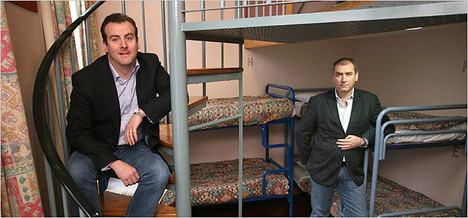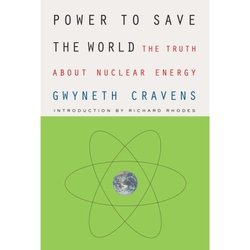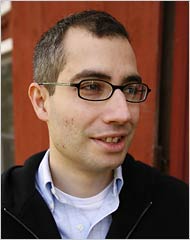In the full version of the commentary quoted below, the authors mention four lines of research that they believe hold promise for the future: vaccines, epigenetics, targeted therapies, and cancer “stem cells.”
(p. A17) This week, the National Cancer Institute, in conjunction with other organizations that track cancers, reported that the death rate from cancer declined from 2002-2004 by an average of 2.1% per year. This is an improvement over the 1.1% annual declines from 1993-2002 and is very good news indeed. Each 1% decline represents 5,000 people living rather than dying, and, of course, this figure is compounded each year.
While some part of the declining death rate from cancer is the consequence of screening, much is the result of greatly improved treatments. And we believe that the successes achieved to date are only the modest beginning of a revolution in the research into and treatment of cancer.
During the last half of the 20th century, almost all treatments of cancers involved forms of chemotherapy in which cancerous and normal tissues were bombarded with nonselective cytoxic drugs. These drugs killed all cells, healthy as well as malignant. Worse, they did not kill all cancer cells, so the cancer progressed — leading to the pessimism dominant in people’s minds today, a reflection of years of articles and opinion pieces in the popular press expressing the view that “the war on cancer” has been waged incorrectly, if not lost.
Now, however, new therapeutic modes are in play, based on better understandings of cancers and great advances in technologies.
. . .
The danger is that misconceived pessimism might result in a loss of popular moral support for the revolutionary new approaches to cancer research and treatment.
For the full commentary, see:
Samuel Waxman and Richard Gambino. “The New Ways We Fight Cancer.” Wall Street Journal (Oct 18, 2007): A17.
(Note: ellipsis added.)







